
Brief History
The history of the Northern region as part of the modern state of Ghana started with the push into the interior by British soldiers garrisoned in the coastal forts and castles. The aim was to conquer and colonise the land carved out by the European powers at the Berlin Conference in 1844 for the British. By 1900 the task had been accomplished. The eastern boundary of the British colony was marked by the Volta River in the south and extended north along the Daka River.
Until Germany lost World War I and all its African possessions, the whole of the northern half of the country was a big region called Northern Territories. According to Bening (1999), the Coussey Committee in 1949 recommended that the Protectorate of the Northern Territories, a portion of Northern Section of Togoland and beyond the Krachi District should constitute one region. This was because of the intimate connections between the peoples of the two areas.
This suggestion was implemented in 1952 and with the attainment of political independence, the Protectorate and the Northern Section of Togoland became the Northern region of Ghana in March 1957. In 1960, the Upper Region was carved out of the Northern region.
The Northern Region, which occupies an area of about 70,383 square kilometres, is the largest region in Ghana in terms of land area. It shares boundaries with the Upper East and the Upper West Regions to the north, the Brong Ahafo and the Volta Regions to the south, and two neighbouring countries, the Republic of Togo to the east, and La Cote d’ Ivoire to the west.
The land is mostly low lying except in the north-eastern corner with the Gambaga escarpment and along the western corridor. The region is drained by the Black and white Volta and their tributaries, Rivers Nasia, Daka, etc.
The population of the region according to 2021 Population and Housing Census stands at 2,310,939 with 1,141,705 male and 1,169,234 female.

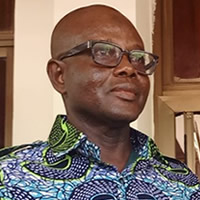
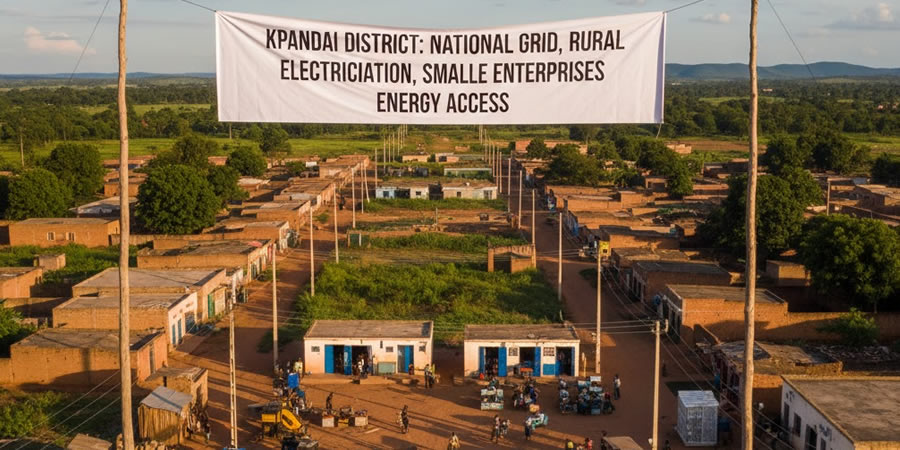
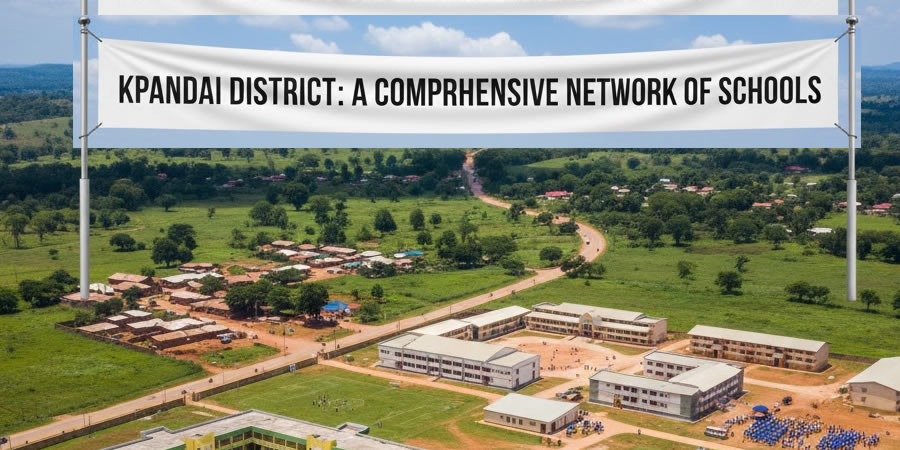
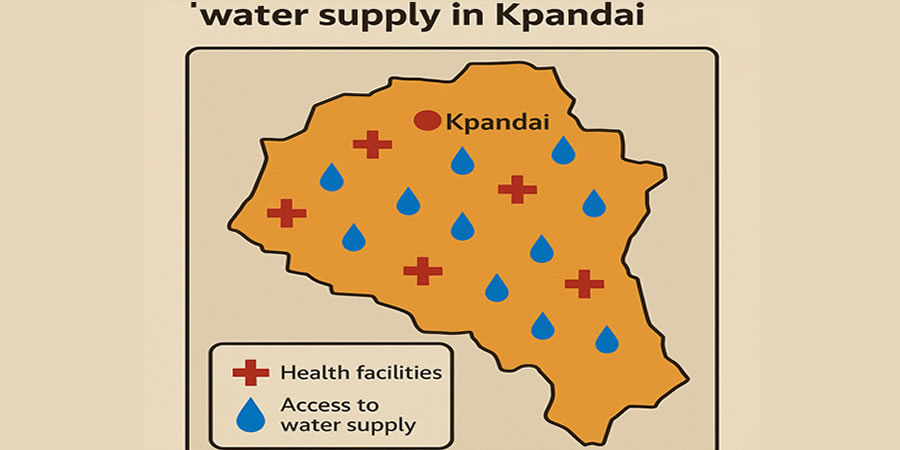
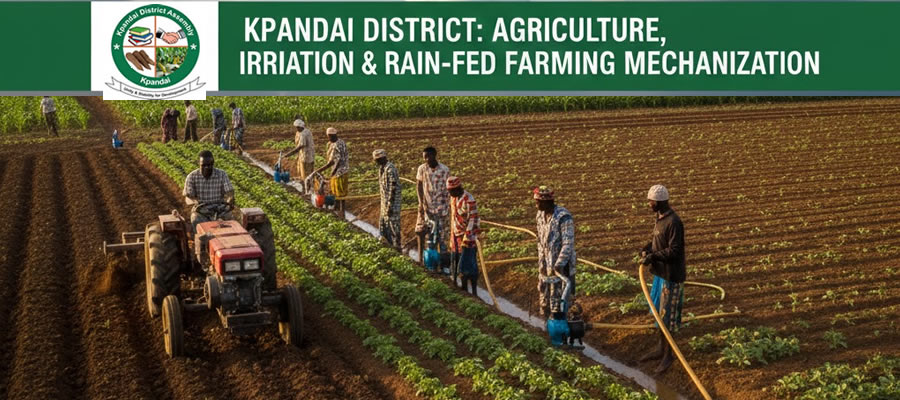
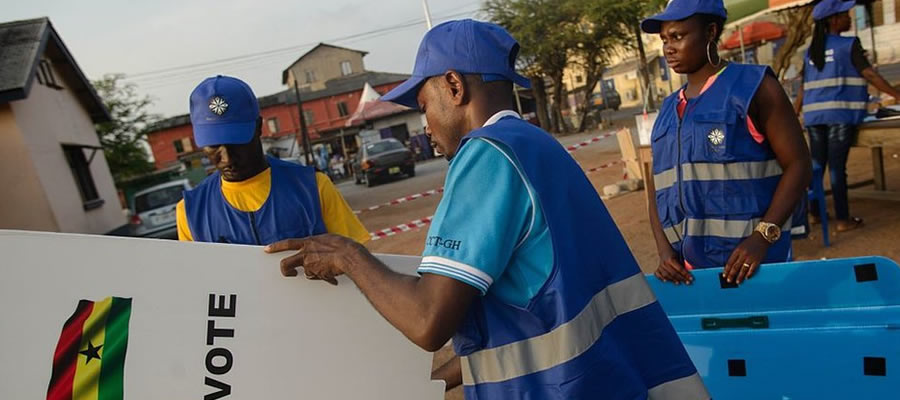
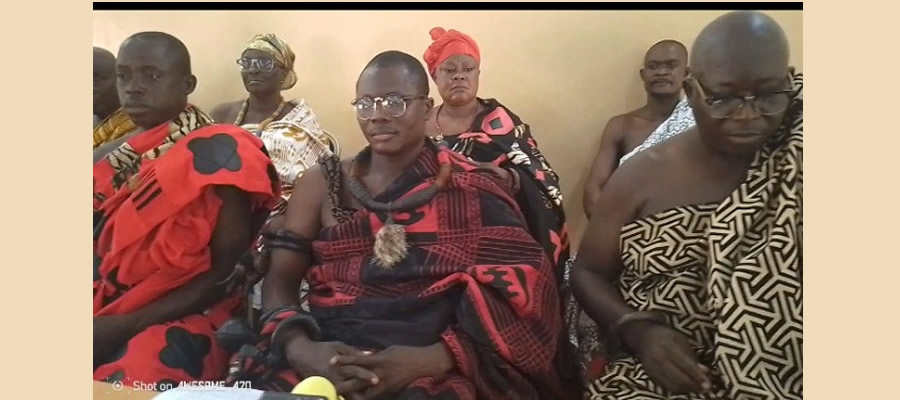
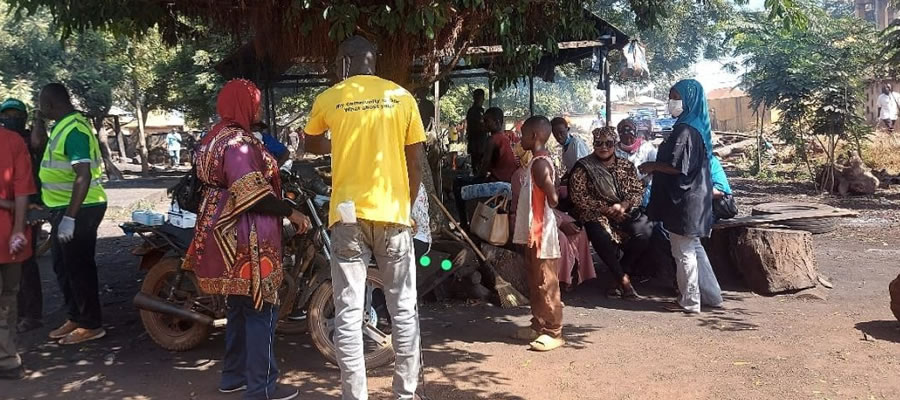



 facebook
facebook
 twitter
twitter
 Youtube
Youtube
 +233 593 831 280
+233 593 831 280 0800 430 430
0800 430 430 GPS: GE-231-4383
GPS: GE-231-4383 info@ghanadistricts.com
info@ghanadistricts.com Box GP1044, Accra, Ghana
Box GP1044, Accra, Ghana